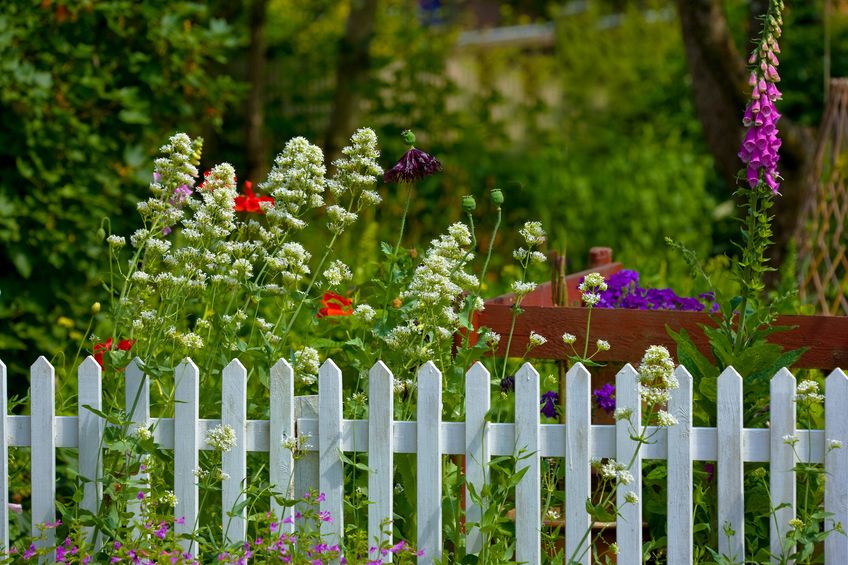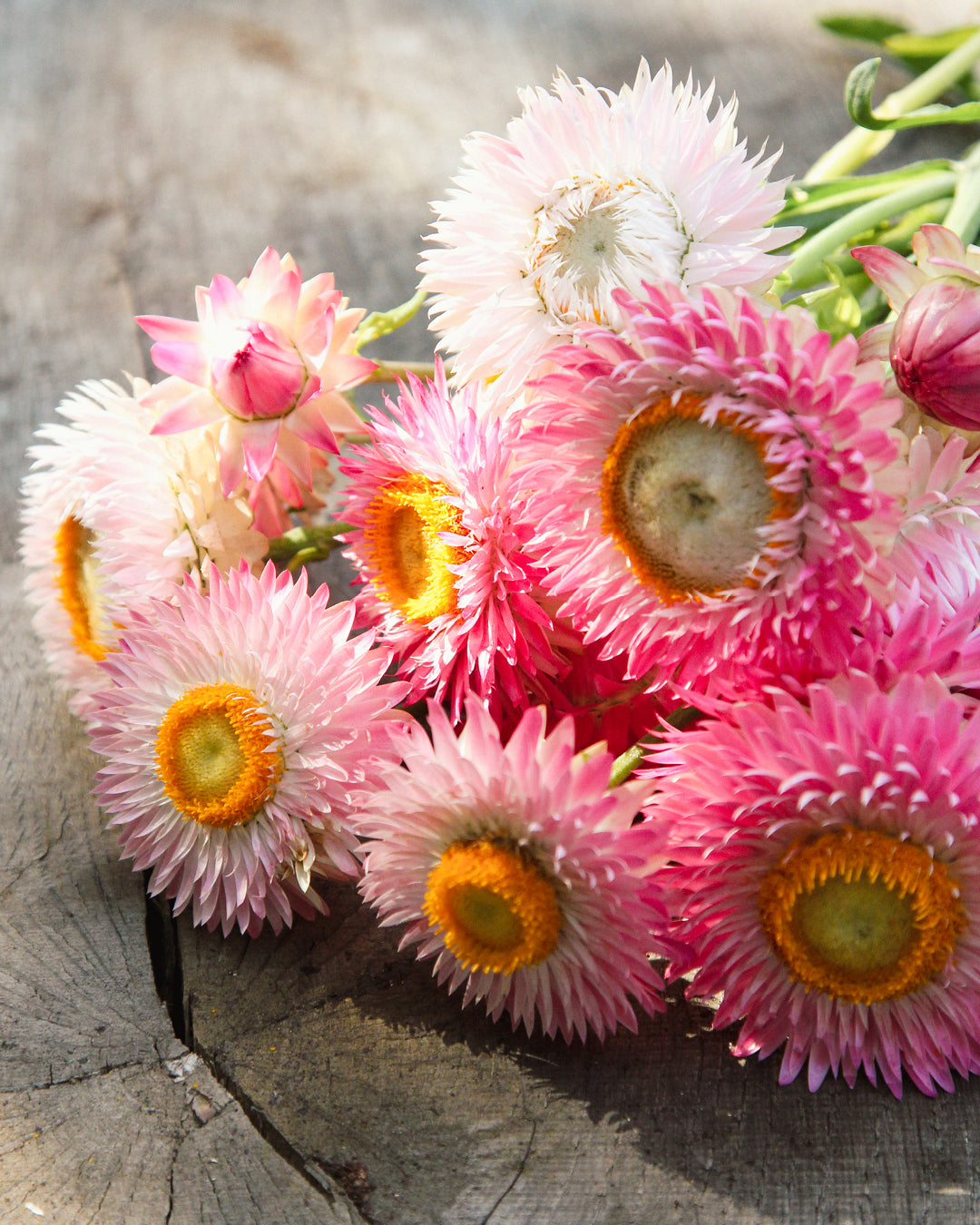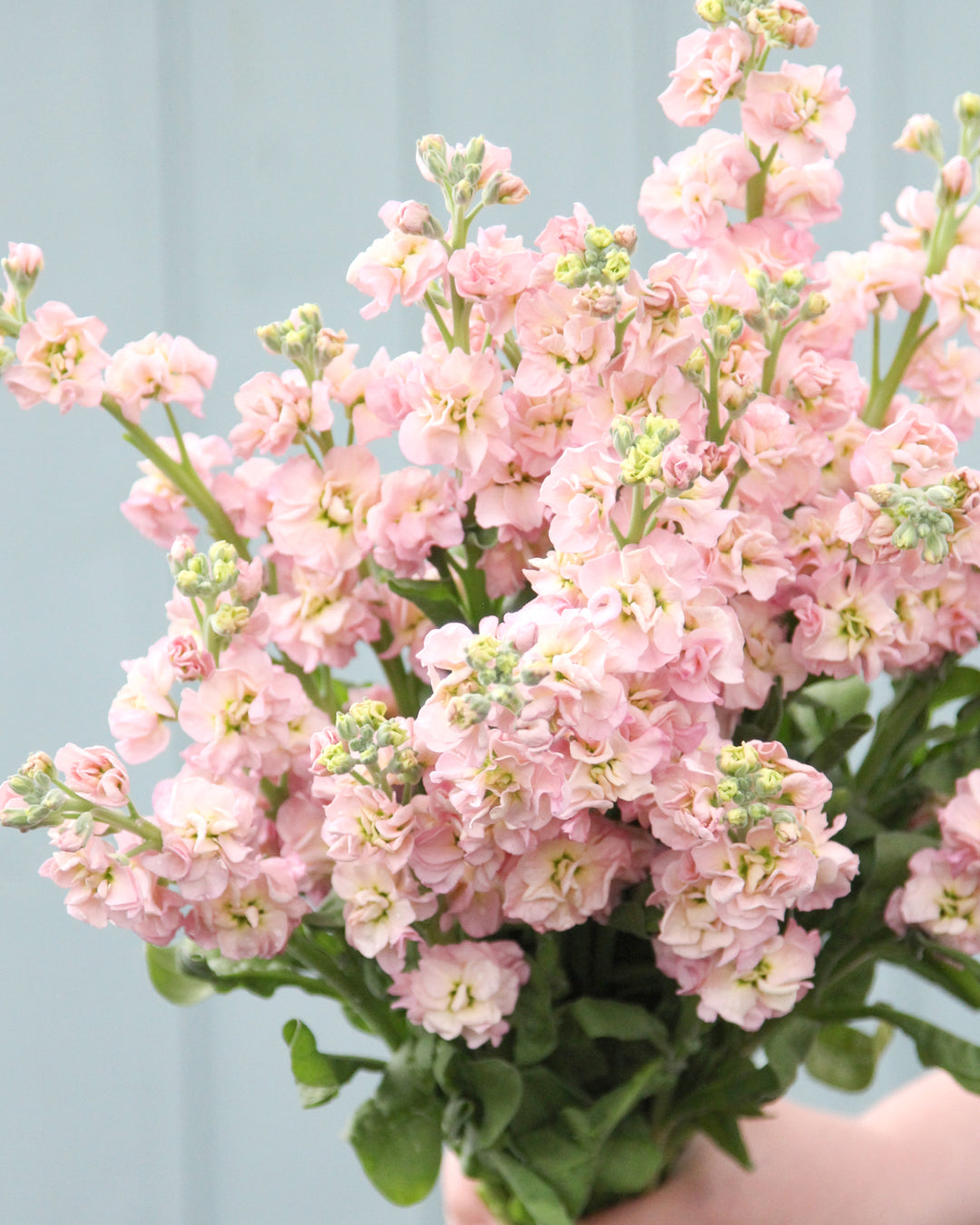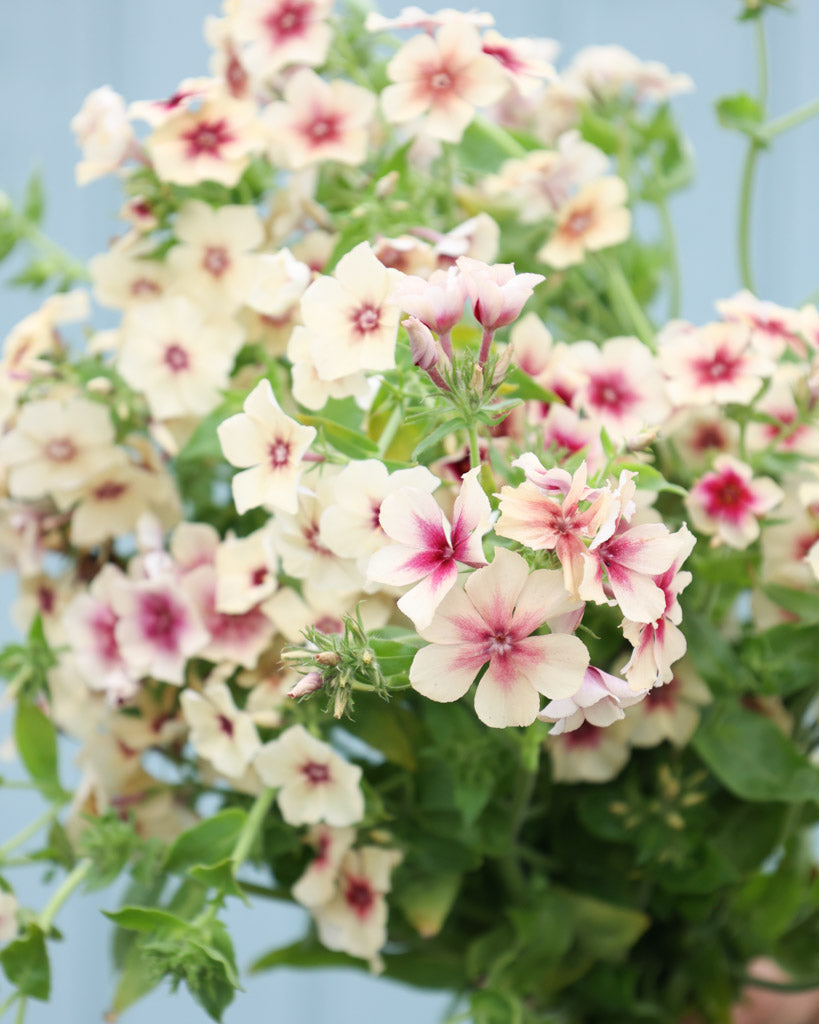Cottage gardens
With the renewed desire for the countryside, cottage gardens are becoming increasingly popular here. They exert a special appeal due to their plant diversity and their blend of elegance and untamed wildness. These cozy green oases have a dreamy, nostalgic quality, and one associates them with older English ladies like Miss Marple, who would trim their roses there. Indeed, it was the garden-loving English who elevated the simple farmer's garden to the cottage garden: The rustic country house style developed in the 19th century by the architect John Nash quickly became popular on the island, as did the corresponding garden type.
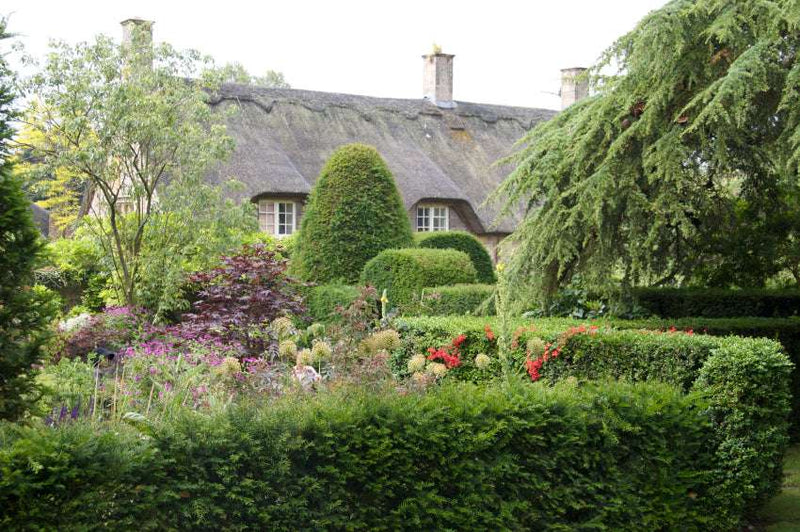
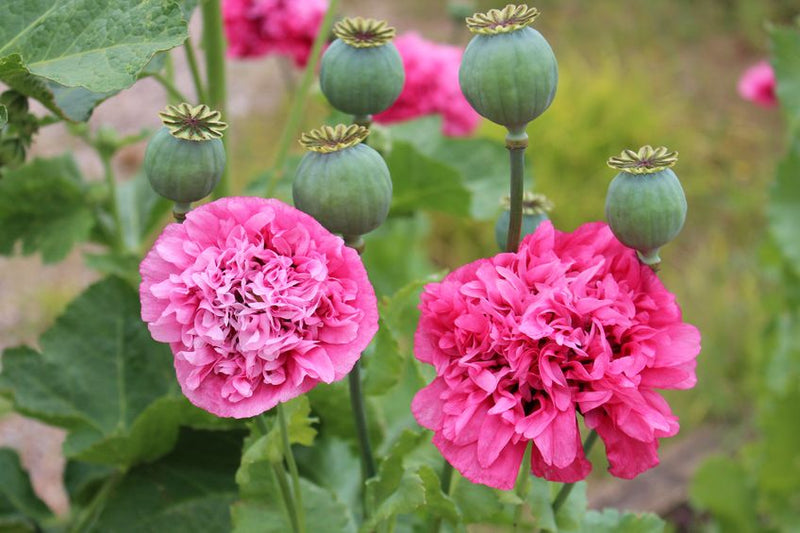
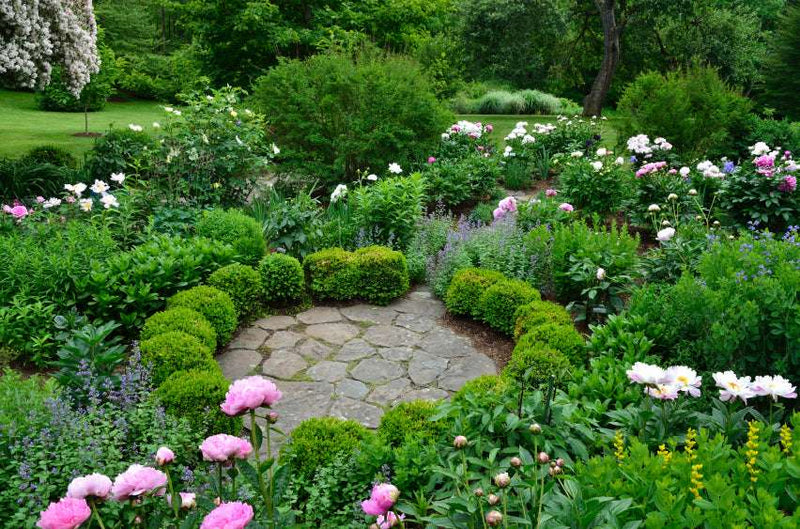
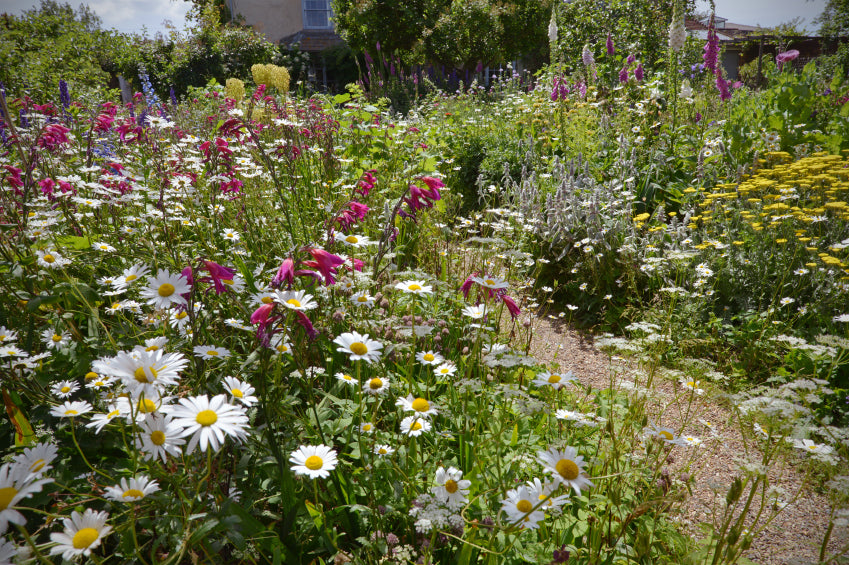
The right setting for lush blooms
Old walls or hedges often form the formal framework for cottage gardens. They provide a dark, tranquil backdrop against which plants with bright flowers can be particularly well-illustrated. Hedges also serve to define individual garden spaces, creating variety and excitement. The resulting spaces can be dedicated to a group of plants or a theme—for example, a color or a particular season. Hedges are also ideal for creating a dreamy little seating area behind them.
Suitable tall clipped hedges include evergreen yews (Taxus) and deciduous trees such as hornbeams (Carpinus betulus) and common beeches (Fagus sylvatica). Boxwood (Buxus) and many English lavender varieties (e.g., Lavandula angustifolia 'Elizabeth') are ideal for low borders. Lush plants in the beds ensure that the overall appearance is relaxed and informal, rather than overly austere and formal. Romantic garden images are also created when climbing plants such as clematis or trumpet vines (Campsis radicans) grow over walls or add vegetation to the walls.
Roses and perennials next to fruit and vegetables?
Roses are a natural part of an English country-style garden. They don't necessarily have to be English roses, though, as many others also have double blooms and enchanting fragrances. Romantic impressions can also be created with shrub roses or climbing roses, for example, which frame the garden gate or a rose arch as a blooming welcome. Beautiful companions for the queen of flowers are blue-violet flowering perennials such as catnip (Nepeta) or subshrubs such as lavender (Lavandula), whose flower color is not found in roses. For this reason, they combine well with roses without creating color dissonance.
Most cottage gardens feature numerous perennials, including the sunflower (Heliopsis) and the perennial sunflower (Helianthus) with their bright yellow flowers. The sneezeweed (Helenium), of which there are numerous varieties, exudes wildflower charm. Its colors range from brilliant yellow to orange and copper-red to velvety brown-red. A magnificent tall perennial for the back of a flower bed is the larkspur (Delphinium), with its large, widely visible flower spikes in a variety of shades of blue. Summer daisies (Chrysanthemum maximum) have a refreshing effect with their white ray flowers, reminiscent of oversized daisies.
Fruit trees are, of course, a must in a true cottage garden. They are simply planted wherever they look most picturesque. If you want to further emphasize the country charm of your garden, you can do so with rhubarb, elderberry bushes (Sambucus), and currant or raspberry bushes. More unconventional gardeners even plant chard, red cabbage, or decorative Brussels sprouts in the flowerbed.
Lovingly selected details
In addition to the colorful flowerbeds and the spaces created by hedges and walls, a wide variety of garden accessories also play an important role in cottage gardens. Depending on the size of the garden, a pergola covered in vines, an arbor, or a water feature can serve as stylish focal points. Smaller gardens or individual garden spaces gain additional charm with a sundial, sculptures, planted bowls, or a birdbath. Natural materials are particularly popular here: fired bricks, natural stone, iron, wood, trellises, and wicker path borders – all of which change with the weather and acquire a unique patina.
The biggest challenge for garden owners is that the planning and effort that went into a cottage garden shouldn't be obvious. The garden should never be perfect; it should rather appear somewhat neglected and overgrown. Typical British understatement—that's what makes it so appealing.
TEXT: BGL
